Madrid's grand Hotel Palace traces back to architectural preferences of King Alfonso XIII.
Retrato del Rey Don Alfonso XIII con el uniforme de husares de Pavía (Portrait of King Alfonso XIII in a Hussar's Uniform): 1907 oil on canvas by Joaquín Sorolla y Bastida (February 27, 1863 – August 10, 1923)
Palacio Real de Madrid (Royal Palace of Madrid), central Spain: Public Domain, via Wikimedia Commons @ https://commons.wikimedia.org/wiki/File:Joaquin_Sorolla_Retrato_Del_Rey_Don_Alfonso_XIII_con_el_Uniforme_De_Husares.jpg
elegant façade of Madrid's Hotel Palace, now owned by Starwood Hotels & Resorts Worldwide via their upscale brand, Westin Hotels & Resorts
Plaza de las Cortes, 7, 28014 Madrid, central Spain: Tiia Monto (Kulmalukko), CC BY SA 3.0, via Wikimedia Commons @ https://commons.wikimedia.org/wiki/File:Madrid_-_Palace_Hotel.jpg
Stained glass cupola celebrates the Palace Hotel's winter garden (El jardín de invierno) with floral themes in Art Nouveau style.
Plaza de las Cortes, 7, 28014 Madrid, central Spain: John Mitchell from United States of America, CC BY SA 2.0, via Wikimedia Commons @ https://commons.wikimedia.org/wiki/File:Palace_Hotel_(Madrid)_04.jpg; John M (jsmjr), CC BY SA 2.0, via Flickr @ https://www.flickr.com/photos/jsmjr/1287121882/
Westin Hotel Palace is the locale for sightings of ghostly appearances in the building's corridors by exotic dancer Mata Hari, executed as a spy during World War I (July 28, 1914 - November 11, 1918).
"Mlle Mata-Hari, de l'Odéon": Margaretha Geertruida "Margreet" Zelle MacLeod, known on stage as Mata Hari ("Eye of the Day"), in evening dress by Maison Buzenet of Paris
photo by François Chéri-Rousseau (September 14, 1826-December 1, 1908); Les Modes, no. 11 (février 1910), p. 25: Public Domain, via Wikimedia Commons @ https://commons.wikimedia.org/wiki/File:Mlle_Mata_Hari_de_l'Odéon.jpg
Real Jardín Botánico de Madrid (Royal Botanical Garden of Madrid): haunted by a sorrowful beauty who is seen most often on garden's Hotel Palace side, along Paseo del Prada
Terraza de los Cuadros occupies the garden's northwestern corner, bounded northly by Puerta de Murillo, main entrance; westly by Paseo del Prada; southly by the garden's Paseo de Carlos III.
Terraza de los Cuadros includes edibles (such as cabbages), medicinals, ornamentals in 16 boxwood-hedged parterres.: Daderot, Public Domain, via Wikimedia Commons @ https://commons.wikimedia.org/wiki/File:Royal_Botanical_Garden,_Madrid_-_view_03.JPG
El pintor Francisco de Goya (Portrait of painter Francisco de Goya): 1826 oil on canvas by Vicente López y Portaña (September 19, 1772 – July 22, 1850)
Another sighting in botanical garden is of panic-stricken, hurried phantom, with appearance and dress reminiscent of Goya's portrait in the garden's neighbor, the Prado Museum.
Museo Nacional del Prado, central Madrid, central Spain: Public Domain, via Wikimedia Commons @ https://commons.wikimedia.org/wiki/File:Vicente_López_Portaña_-_el_pintor_Francisco_de_Goya.jpg
Madrid's exquisite Real Jardín Botánico is a place for encounters with nature and with other-worldly visitors, some of whom seem borrowed from the garden's illustrious neighbors, Prado Museum and Westin Hotel Palace.
In garden's east section Terraza del Plano de la Flor includes such striking non-native evergreens as blue spruce (Picea pungens).: Daderot, Public Domain, via Wikimedia Commons @ https://commons.wikimedia.org/wiki/File:Royal_Botanical_Garden,_Madrid_-_view_08.JPG
Prado Museum, which shares vicinity to Royal Botanical Garden with Westin Hotel Palace, continues floral and spectral sightings through the garden's and museum's eastern neighbor, Retiro Park (Parque del Buen Retiro, "Park of the Pleasant Retreat").
Retiro Park's La Fuente del Ángel Caído (Fountain of the Fallen Angel), inspired by Lucifer's fall from heaven in John Milton's Paradise Lost, was designed by Ricardo Bellver (February 23, 1845-December 20, 1924) for Exposition Universe in Paris, 1878.
La Fuente del Ángel Caído at park's south roundabout intersecting Paseo de Cuba, Paseo del Uruguay and Paseo de Fernán Núñez: Felipe Gabaldón from Spain, CC BY 2.0, via Wikimedia Commons @ https://commons.wikimedia.org/wiki/File:Fuente_del_Ángel_Caído_(Retiro,_Madrid)_03.jpg
Francisco José de Goya y Lucientes (March 30, 1746 – April 16, 1828) is most extensively represented artist in Prado Museum; a lookalike phantom is sighted scurrying through Real Jardín Botánico, on Prado's southern border.
Puerta de Goya (Goya Gate), at Prado Museum's north façade, features statue of famed painter by Mariano Benlliure (September 8, 1862 – November 8, 1947).
Goya's statue is set in last set of steps leading from Calle de Felipe IV to the Prado.: José-Manuel Benito Álvarez (Locutus Borg), CC BY SA 2.5, via Wikimedia Commons @ https://commons.wikimedia.org/wiki/File:Puerta_de_Goya.jpg
Westin Hotel Palace occupies Dukes of Medinaceli's former property, site of their Madrid palace (center right) on Carrera de San Jerónimo at Paseo del Prado; (left) Congreso de los Diputados; (upper right) Iglesia de san Jerónimo el Real and Prado.
Property sold and demolished in 1895 via Ángela María Apolonia Pérez de Barradas y Bernuy (Feb. 9, 1827-Aug. 13, 1903), widow of XVth Duke of Medinaceli (1840-1873), Luis Fernández de Córdoba y Ponce de León (Sep. 18, 1813-Jan. 6, 1873).
1853 image by Spain-based Welsh photographer Charles Clifford (ca. 1820-January 1, 1863): CC BY SA 4.0, via Wikimedia Commons @ https://commons.wikimedia.org/wiki/File:Madrid,_Carrera_de_San_Gerónimo_y_Palacio_del_Congreso_(Charles_Clifford).jpg
Art Nouveau-styled Westin Hotel Palace's spectacular, welcoming lobby enchants guests, year after year drawing returning guests, including other-worldly visits in corridors by long-gone Mata Hari.
main entrance on Plaza de las Cortes; façades on (east) Plaza de Cánovas del Castillo, (west) Calle del Duque de Medinaceli: pegatina1, CC BY ND 2.0, via Flickr @ https://www.flickr.com/photos/pegatina1/4403660779/


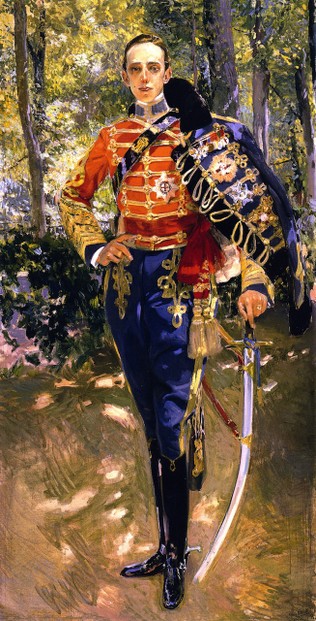

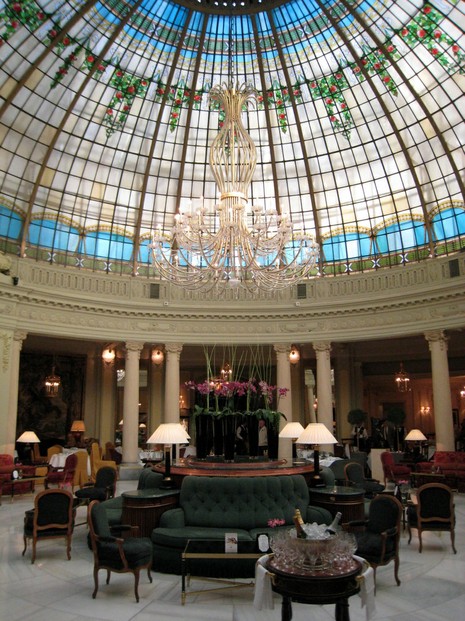
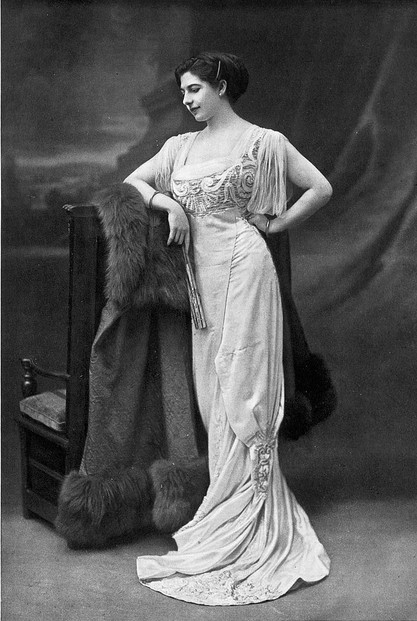
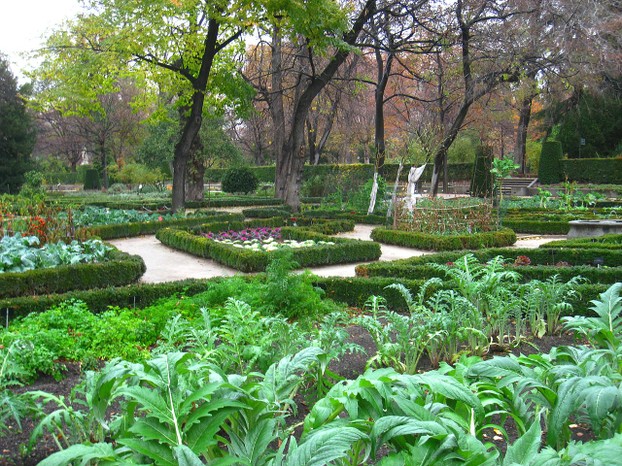
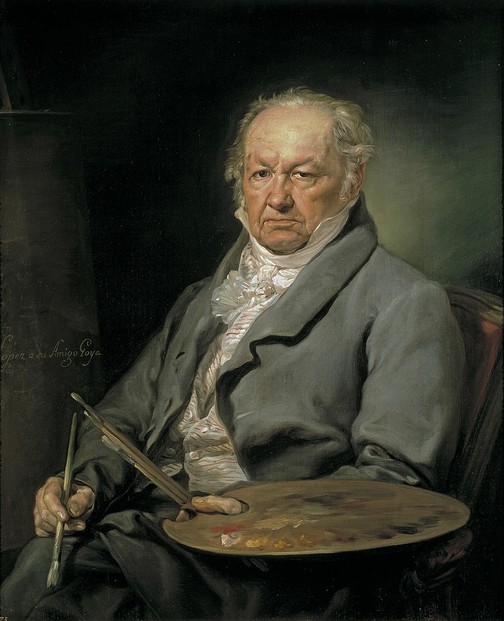
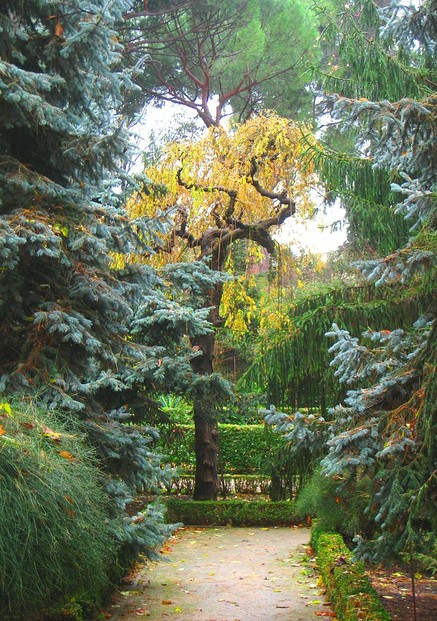
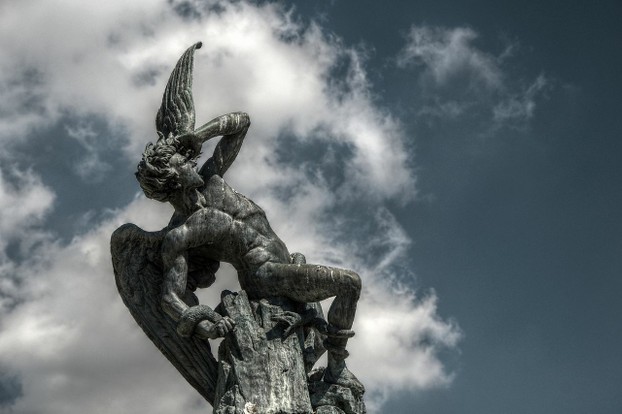
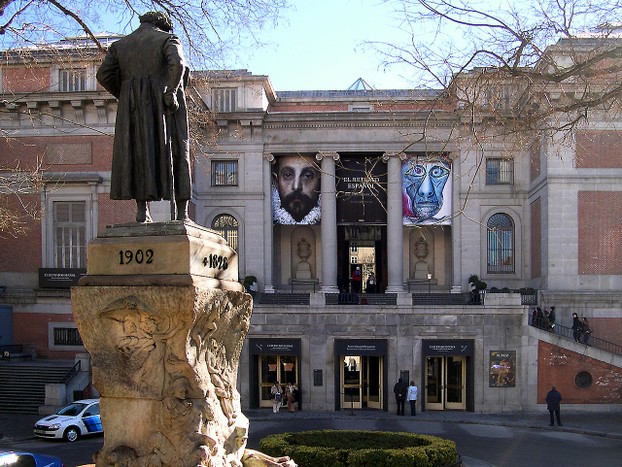
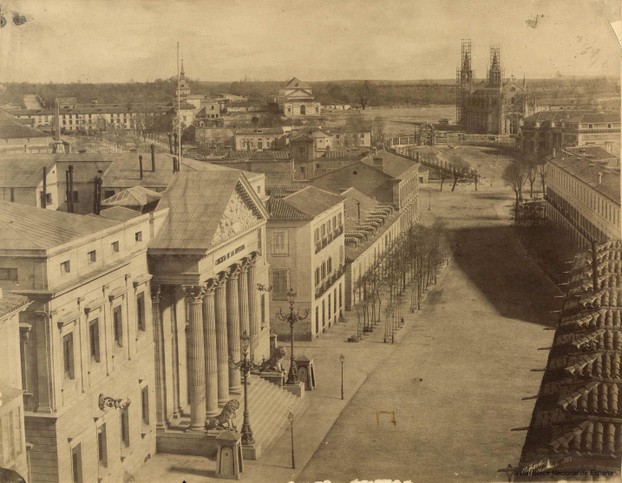
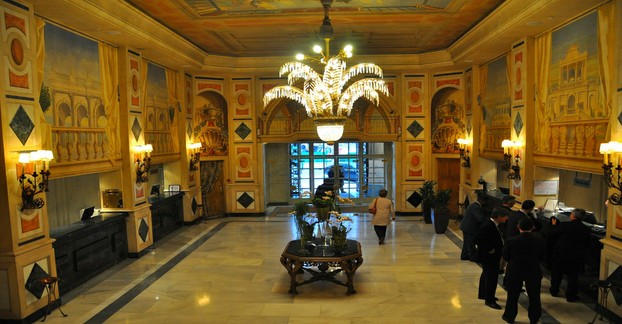



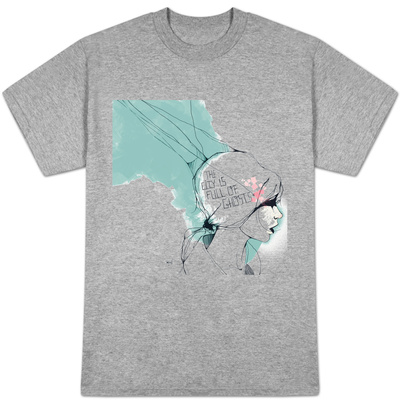
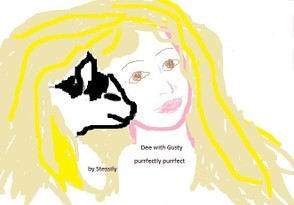
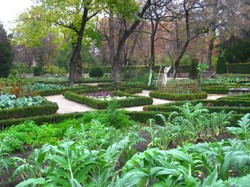

 Are Hawaiian Huakai Po Nightmarchers Avenging Halloween Thursday?on 10/02/2024
Are Hawaiian Huakai Po Nightmarchers Avenging Halloween Thursday?on 10/02/2024
 Mailing Addresses for 2023 Form 4868 Extending 1040 and 1040SR April 15, 2024, Due Dateon 04/15/2024
Mailing Addresses for 2023 Form 4868 Extending 1040 and 1040SR April 15, 2024, Due Dateon 04/15/2024
 Mailing Addresses for 2023 Forms 1040 and 1040SR Filed in 2024on 04/15/2024
Mailing Addresses for 2023 Forms 1040 and 1040SR Filed in 2024on 04/15/2024
 Mailing Addresses for 2022 Form 4868 Extending 1040 and 1040SR April 18, 2023, Due Dateon 04/13/2023
Mailing Addresses for 2022 Form 4868 Extending 1040 and 1040SR April 18, 2023, Due Dateon 04/13/2023

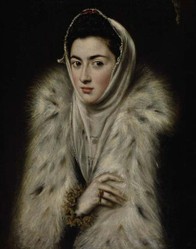
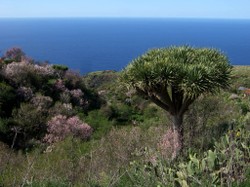
Comments